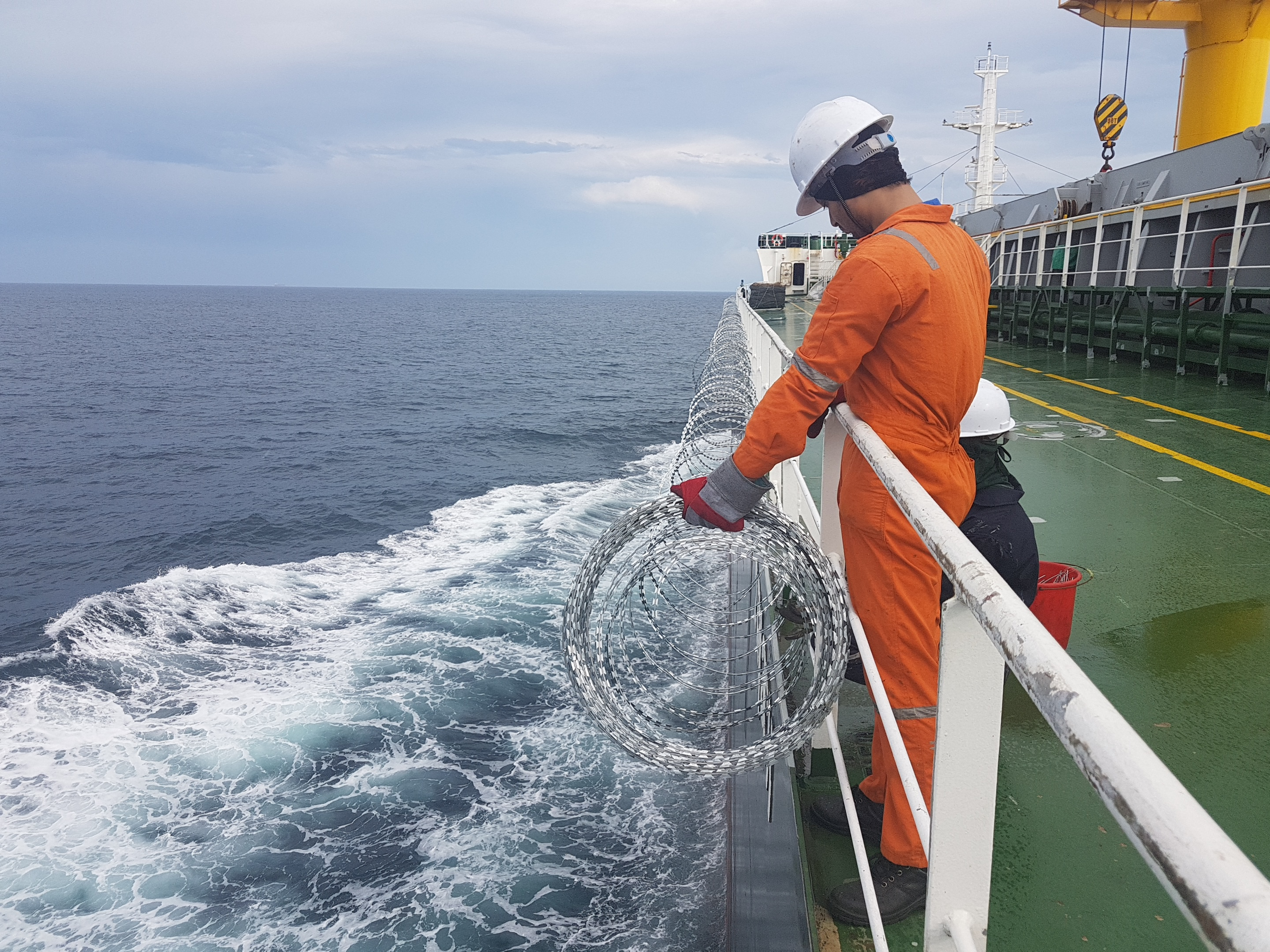Diversions from Suez and forced transits from the Cape of Good Hope are boosting the overall demand for available tonnage, reducing the number of boxships laid up by carriers.
According to Lloyds list, quoting Alphaliner’s latest report, less than 1% of the world’s containership capacity is currently idle. This is a similar scenario to the pandemic period. The number of idle vessels was down to 0.7% and 0.9% of global capacity in February and March respectively, among the lowest ever recorded.
Circumnavigating Africa has created a market where carriers are forced to deploy an additional amount of capacity to ensure that sailing schedules are met on east-west trade routes from Asia to Europe (and vice versa), originally transiting through Suez. Consequently, at least for the time being, pending the delivery of the new ships ordered over the last few months, there are no excess vessels.
Meanwhile, data from Flexport’s Ocean Timeliness Index (OTI) shows that the average container delivery time from Asia to Northern Europe is stabilizing: 65 days.
If during the pandemic it took around 80 days to make the same journey, in 2023, before the Houthi attacks on commercial ships disrupted the market, the average time to reach Northern Europe from Asia was around 45-50 days.
Translation by Giles Foster

